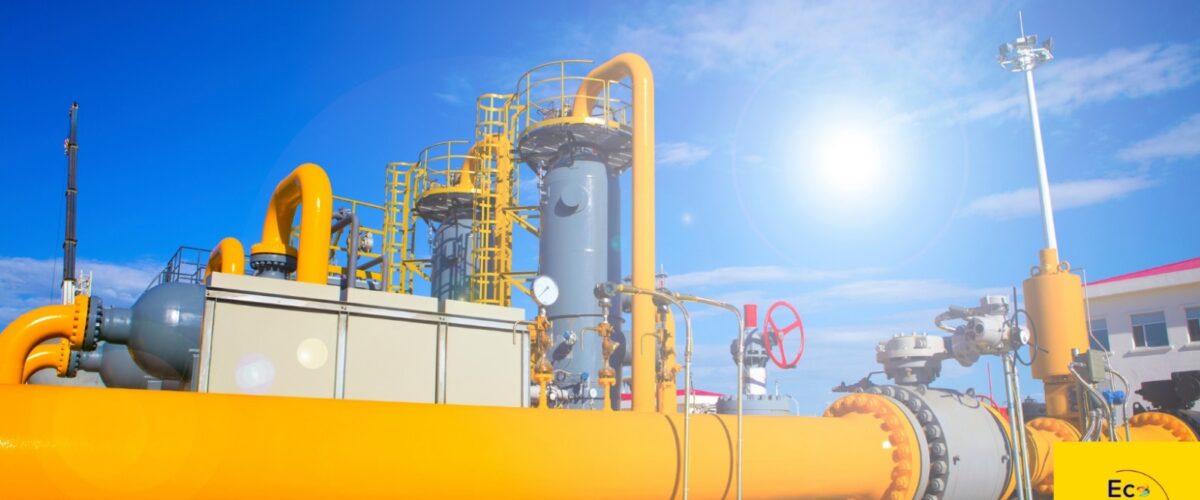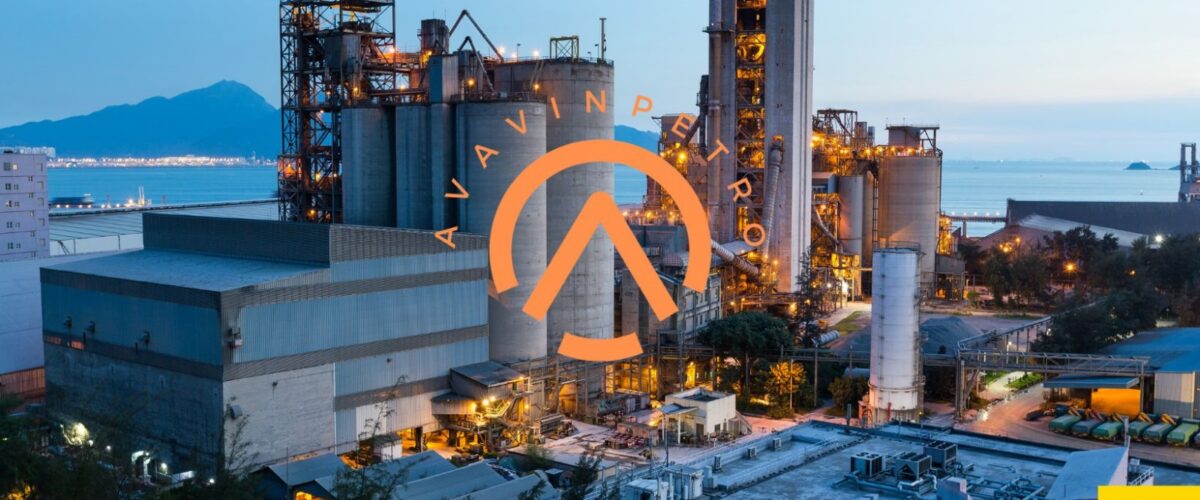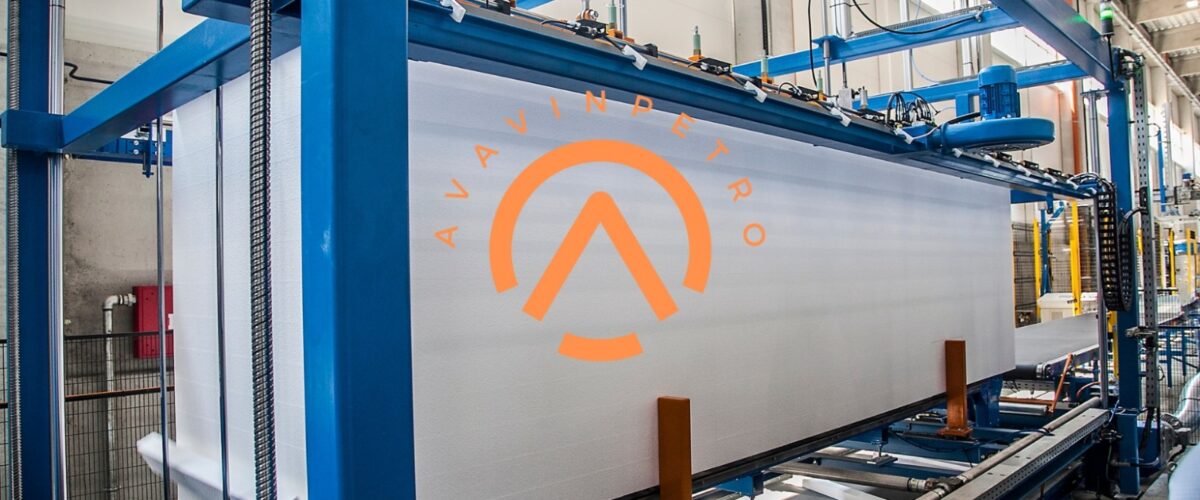Difference Between Virgin Polymer and Compounds: Key Insights
Introduction to Polymers
Polymers have revolutionized material science since their inception. Derived from the Greek words “poly,” meaning many, and “meros,” meaning parts, polymers are large molecules composed of repeating structural units. These materials, synthetic or natural, are fundamental to various industries, including packaging, automotive, and medical sectors. Historically, the development of polymers can be traced back to natural materials like rubber and cellulose. With the advent of synthetic polymers in the early 20th century, the landscape of materials science changed dramatically, leading to innovations that continue to impact our daily lives.
Understanding Virgin Polymers
What are Virgin Polymers?
Virgin polymers are the purest form of polymeric materials. They are created directly from petrochemical feedstocks or biological sources without any prior processing or use. This pristine state ensures that virgin polymers have no contaminants or additives, making them ideal for applications requiring high purity and consistency.
Characteristics of Virgin Polymers
Virgin polymers are known for their high mechanical strength, superior thermal stability, and excellent chemical resistance. These properties make them indispensable in industries where material performance is critical. Their predictable behavior under various conditions is a significant advantage in manufacturing processes.
Applications of Virgin Polymers
From automotive components to medical devices, virgin polymers are widely used due to their reliability and performance. In the automotive industry, they are used for producing high-strength parts, while in the medical field, their purity ensures they are safe for use in medical implants and devices.
Introduction to Compounds
Definition of Compounds in Polymers
Polymer compounds are materials created by blending a base polymer with various additives to achieve desired properties. These additives can include fillers, plasticizers, stabilizers, and colorants, each contributing to the compound’s overall performance.
How Compounds are Formed
The formation of polymer compounds involves mixing the base polymer with the chosen additives through processes like extrusion or molding. This blending process allows manufacturers to tailor the properties of the final material to specific application requirements.
Types of Polymer Compounds
Polymer compounds can be classified based on their base polymer, such as polyethylene compounds, polypropylene compounds, or polyvinyl chloride (PVC) compounds. Each type offers unique properties and is suited to different applications, from packaging materials to electrical insulation.
Difference Between Virgin Polymer and Compounds
Composition and Purity
The primary difference between virgin polymers and compounds lies in their composition and purity. Virgin polymers are unadulterated and free from any additives, ensuring the highest purity. In contrast, compounds are tailored materials with additives introduced to enhance specific properties.
Performance Characteristics
While virgin polymers offer consistent performance, polymer compounds provide flexibility and customization. The performance characteristics of compounds can be engineered to meet specific requirements, making them versatile for various applications.
Environmental Impact
Virgin polymers, derived from non-renewable resources, pose significant environmental concerns. However, advances in bio-based virgin polymers are mitigating some of these issues. Polymer compounds, on the other hand, can incorporate recycled materials, enhancing their environmental profile.
Cost and Economic Factors
Virgin polymers are generally more expensive due to their purity and production processes. Polymer compounds, with their tailored properties and potential for incorporating recycled materials, can offer cost advantages, particularly for applications where high purity is not essential.
Advantages of Virgin Polymers
Purity and Consistency
The primary advantage of virgin polymers is their purity, which ensures consistent performance and reliability. This consistency is crucial in applications where material properties cannot vary, such as in medical or aerospace industries.
Enhanced Performance
Virgin polymers typically exhibit superior mechanical properties, thermal stability, and chemical resistance compared to their compounded counterparts. This enhanced performance makes them suitable for high-stress applications.
Application-Specific Benefits
Industries that require stringent standards, like pharmaceuticals and aerospace, benefit greatly from the use of virgin polymers. Their predictable behavior under various conditions is essential for safety and efficacy in these fields.
Advantages of Polymer Compounds
Customization and Flexibility
Polymer compounds offer unparalleled customization. By blending different additives, manufacturers can create materials with specific properties tailored to unique applications, enhancing performance and efficiency.
Cost Efficiency
Incorporating recycled materials and using lower-cost additives can reduce the overall cost of polymer compounds. This cost efficiency is particularly beneficial in high-volume production industries like packaging and construction.
Enhanced Properties
Additives in polymer compounds can enhance properties such as UV resistance, flame retardancy, and impact strength. This versatility makes them suitable for a wide range of applications, from outdoor furniture to automotive parts.
Disadvantages of Virgin Polymers
Environmental Concerns
The production of virgin polymers, particularly those derived from petrochemicals, contributes significantly to environmental pollution and resource depletion. Efforts to develop bio-based virgin polymers are ongoing but are not yet widespread.
Cost Implications
The high cost of virgin polymers can be a limiting factor, especially for applications where cost is a critical consideration. Their production processes are often more complex and resource-intensive compared to compounded materials.
Disadvantages of Polymer Compounds
Consistency and Quality Control
Ensuring consistency and quality control in polymer compounds can be challenging due to the variability in the additives used. This variability can lead to differences in material performance, which might be unacceptable in certain applications.
Potential Environmental Hazards
Some additives used in polymer compounds can pose environmental hazards, particularly if they are not managed properly during disposal. Efforts to develop greener additives are ongoing but have yet to fully address these concerns.
Applications of Virgin Polymers vs Compounds
Industry-Specific Uses
Virgin polymers are predominantly used in high-performance applications where purity and consistency are paramount. This includes medical devices, aerospace components, and certain automotive parts. Polymer compounds, with their customizable properties, find extensive use in packaging, consumer goods, and construction materials.
Case Studies
Case studies highlight the practical applications and benefits of both virgin polymers and compounds. For instance, the use of virgin polymers in medical implants showcases their biocompatibility and reliability. Conversely, the use of polymer compounds in automotive interiors demonstrates their versatility and cost-effectiveness.
Emerging Trends
Emerging trends in the polymer industry include the development of bio-based virgin polymers and environmentally friendly additives for compounds. These innovations aim to reduce the environmental impact of polymer production and enhance the sustainability of polymer materials.
Environmental Considerations
Sustainability of Virgin Polymers
Sustainability initiatives for virgin polymers focus on developing bio-based alternatives and improving recycling technologies. These efforts aim to reduce reliance on non-renewable resources and minimize environmental pollution.
Eco-friendly Compounds
Polymer compounds are increasingly incorporating recycled materials and green additives. This trend towards eco-friendly compounds is driven by the growing demand for sustainable materials across various industries.
Economic Implications
Market Trends
The market for polymers is influenced by factors such as technological advancements, regulatory changes, and consumer preferences. The demand for high-performance materials and sustainable solutions is shaping the future of the polymer industry.
Cost Analysis
A cost analysis of virgin polymers versus compounds reveals that while virgin polymers are more expensive, their superior properties justify the cost for certain applications. Polymer compounds offer cost savings through customization and the use of recycled materials.
Future Prospects
The future of polymers lies in balancing performance and sustainability. Innovations in polymer chemistry and processing technologies are expected to drive the development of new materials that meet both economic and environmental criteria.
Future of Polymers
Innovations in Virgin Polymers
Advancements in polymer chemistry are leading to the development of new virgin polymers with enhanced properties. These innovations include bio-based polymers and polymers with improved biodegradability, addressing both performance and environmental concerns.
Advances in Polymer Compounds
Polymer compounds are benefiting from research into new additives and processing techniques. These advances are resulting in materials with better performance characteristics and reduced environmental impact.
Impact of Emerging Technologies
Emerging technologies such as 3D printing and nanotechnology are poised to revolutionize the polymer industry. These technologies enable the creation of complex structures and materials with unprecedented properties, opening up new possibilities for both virgin polymers and compounds.
FAQs
What is the main difference between virgin polymer and compounds? The primary difference lies in purity and composition. Virgin polymers are pure and unmodified, while compounds are blended materials with additives to achieve specific properties.
Why are virgin polymers more expensive than polymer compounds? Virgin polymers are more expensive due to their high purity and the complex production processes involved. Compounds often incorporate lower-cost additives and recycled materials, making them more cost-effective.
Are polymer compounds environmentally friendly? Polymer compounds can be environmentally friendly if they incorporate recycled materials and green additives. However, some additives may pose environmental hazards if not managed properly.
What are the advantages of using polymer compounds? Polymer compounds offer customization, cost efficiency, and enhanced properties such as UV resistance and flame retardancy, making them suitable for a wide range of applications.
Can virgin polymers be recycled? Yes, virgin polymers can be recycled. However, the recycling process can affect their purity and properties, making them less desirable for high-performance applications compared to their virgin state.
What are the future trends in the polymer industry? Future trends include the development of bio-based virgin polymers, eco-friendly additives for compounds, and the integration of emerging technologies like 3D printing and nanotechnology to create advanced materials.
Conclusion
The choice between virgin polymers and polymer compounds depends on specific application requirements, cost considerations, and environmental impact. While virgin polymers offer unmatched purity and performance, polymer compounds provide flexibility and cost efficiency. As the polymer industry continues to evolve, innovations in material science and processing technologies will drive the development of new, sustainable solutions that balance performance and environmental responsibility.
Written by Emir Narin










